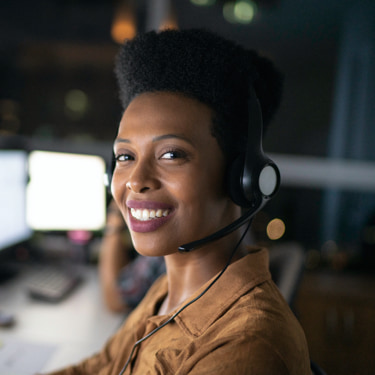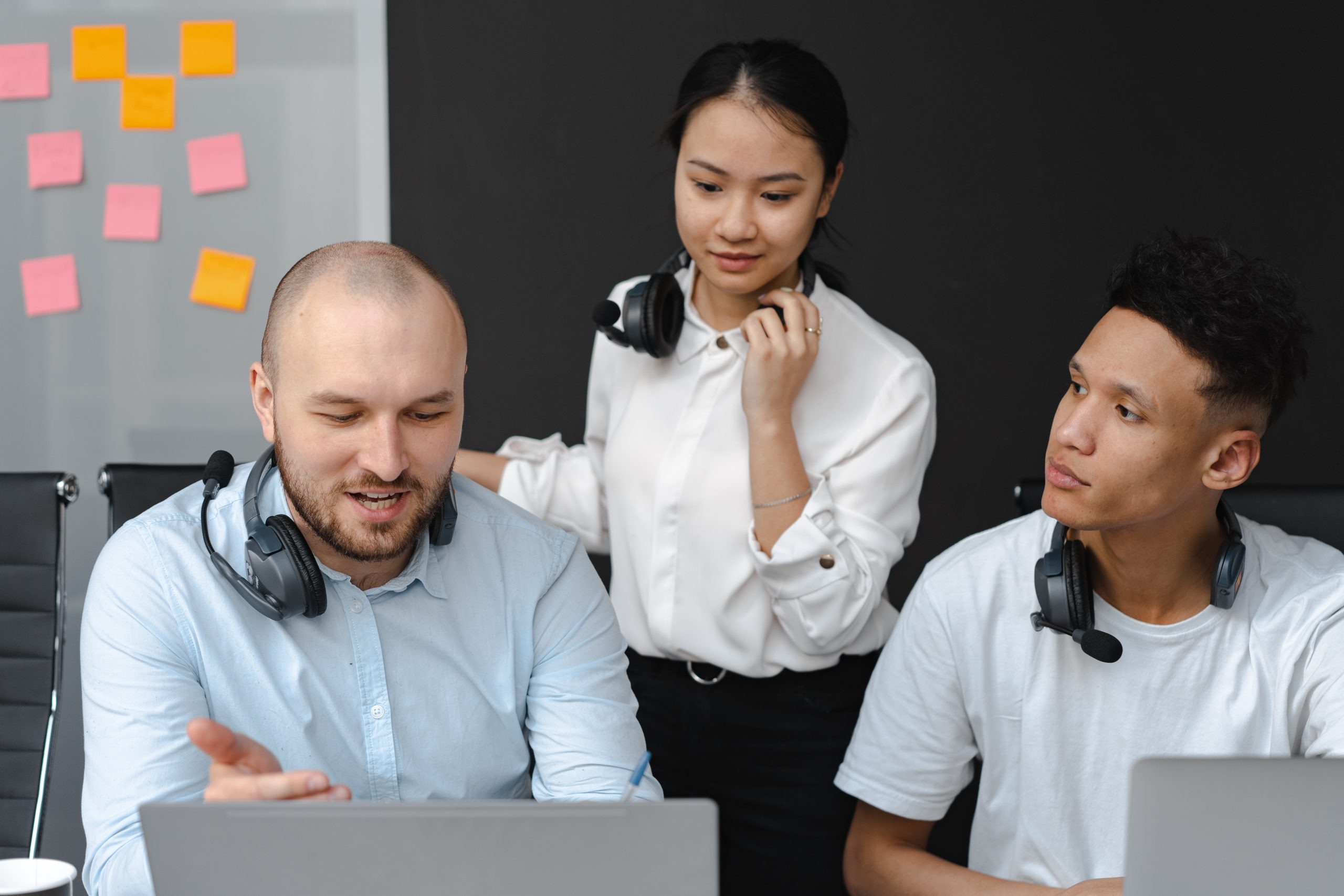All Categories
Featured
Table of Contents
When Are Best Telephone Answering Service: What It Is And Why It Isn't Enough Sales
This device and its successors were designed by Sava Jacobson, an electrical engineer with a private consulting business. While early answering devices utilized magnetic tape technology, the majority of contemporary devices uses strong state memory storage; some devices utilize a combination of both, with a solid-state circuit for the outbound message and a cassette for the inbound messages.
"toll saving" listed below) (virtual telephone answering). This works if the owner is evaluating calls and does not wish to talk to all callers. In any case after going, the calling party ought to be informed about the call having been answered (in many cases this starts the charging), either by some remark of the operator, or by some welcoming message of the little, or resolved to non-human callers (e.
This holds specifically for the TADs with digitally saved welcoming messages or for earlier machines (before the rise of microcassettes) with an unique limitless loop tape, separate from a second cassette, committed to recording. There have actually been answer-only devices with no recording abilities, where the greeting message had to notify callers of a state of present unattainability, or e (telephone answering service).
What Is The Best Call Answering Service Business?

about availability hours. In recording TADs the greeting usually consists of an invite to leave a message "after the beep". A voice mail that utilizes a microcassette to record messages On a dual-cassette answerphone, there is an outgoing cassette, which after the defined variety of rings plays a pre-recorded message to the caller.

Single-cassette voice mail include the outbound message at the start of the tape and inbound messages on the remaining space. They first play the statement, then fast-forward to the next available space for recording, then tape the caller's message. If there are lots of previous messages, fast-forwarding through them can cause a considerable hold-up.
This beep is typically described in the greeting message, asking for that the caller leave a message "after the beep". Littles with digital storage for the taped messages do disappoint this delay, naturally. A TAD may use a remote control center, where the answerphone owner can ring the house number and, by entering a code on the remote telephone's keypad, can listen to taped messages, or erase them, even when far from home.
What Is The Best How To Start An Answering Service Business Service?

Thereby the machine increases the variety of rings after which it answers the call (typically by 2, leading to four rings), if no unread messages are presently stored, but responses after the set variety of rings (generally two) if there are unread messages. This permits the owner to learn whether there are messages waiting; if there are none, the owner can hang up the phone on the, e.
Some machines likewise permit themselves to be from another location triggered, if they have been turned off, by calling and letting the phone ring a specific a great deal of times (generally 10-15). Some service providers desert calls already after a smaller number of rings, making remote activation difficult. In the early days of TADs a special transmitter for DTMF tones (dual-tone multi-frequency signalling) was regionally needed for push-button control, because the previously utilized pulse dialling is not apt to convey appropriate signalling along an active connection, and the dual-tone multi-frequency signalling was implemented stepwise.
Any incoming call is not recognizable with respect to these homes in advance of going "off hook" by the terminal equipment. So after going off hook the calls need to be switched to appropriate gadgets and only the voice-type is immediately available to a human, however perhaps, nevertheless must be routed to a LITTLE (e.
Where To Buy Best Concierge Service
What if I informed you that you do not have to actually select up your device when addressing a customer call? Somebody else will. So convenient, right? Addressing call does not need someone to be on the other end of the line. Effective automated phone systems can do the technique simply as effectively as a live agent and in some cases even much better.
An automatic answering service or interactive voice response system is a phone system that interacts with callers without a live individual on the line - telephone answering service. When business use this innovation, consumers can get the response to a concern about your business merely by utilizing interactions established on a pre-programmed call circulation.
Although live operators update the customer care experience, numerous calls do not need human interaction. A basic taped message or guidelines on how a customer can recover a piece of details normally fixes a caller's instant need - virtual call answering service. Automated answering services are an easy and efficient way to direct incoming calls to the best person.
What's The Best The Complete Guide To Phone Answering Services
Notice that when you call a company, either for assistance or product questions, the very first thing you will hear is a pre-recorded voice greeting and a series of options like press 1 for customer support, press 2 for inquiries, and so on. The pre-recorded choices branch off to other options depending upon the consumer's choice.
The phone tree system helps direct callers to the ideal person or department utilizing the keypad on a cellphone. In some instances, callers can utilize their voices. It deserves keeping in mind that auto-attendant alternatives aren't restricted to the ten numbers on a phone's keypad. As soon as the caller has chosen their very first choice, you can create a multi-level auto-attendant that uses sub-menus to direct the caller to the best sort of help.
The caller does not need to communicate with an individual if the auto-attendant phone system can handle their concern. The automatic service can route callers to a staff member if they reach a "dead end" and need support from a live representative. It is expensive to employ an operator or executive assistant.
What Is The Best How Much Do Answering Services Cost? Local Business Tips ... Brand
Automated answering services, on the other hand, are substantially less pricey and provide considerable expense savings at an average of $200-$420/month. Even if you don't have actually dedicated staff to manage call routing and management, an automated answering service enhances efficiency by permitting your group to concentrate on their strengths so they can more effectively invest their time on the phone.
A sales lead routed to client service is a lost shot. If a customer who has product questions reaches the incorrect department or gets insufficient responses from well-meaning employees who are less trained to handle a particular type of concern, it can be a cause of aggravation and frustration. An automated answering system can minimize the number of misrouted calls, thereby assisting your staff members make better use of their phone time while maximizing time in their calendar for other jobs.
With Automated Answering Systems, you can create a personalized experience for both your personnel and your callers. Make a recording of your main welcoming, and just update it routinely to reflect what is going on in your organization. You can develop as lots of departments or menu options as you desire.
Latest Posts
Value Bilingual Answering Service – Fremantle 6160
Dental Answering Service ( Brisbane 4000)
Guaranteed After Hours Answering Service Near Me – Loddon Mallee